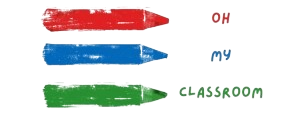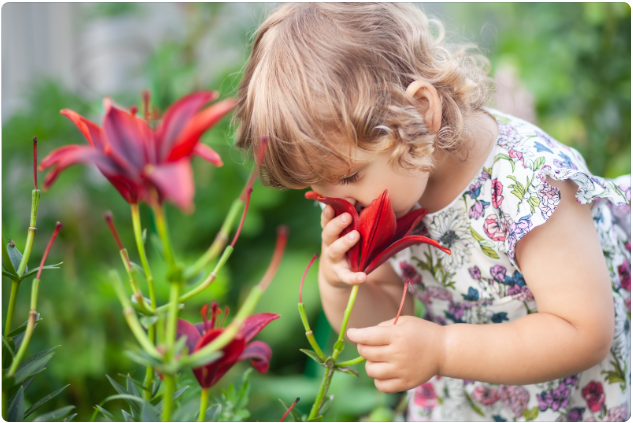Engaging the sense of smell is a wonderful way to introduce young children to the world around them.
Smell activities for preschool kids & toddlers not only provide sensory exploration but also enhance their vocabulary, cognitive development, and memory skills.
Encouraging children to use their sense of smell allows them to discover and appreciate various scents in a fun and interactive manner.
We will explore Exciting Smell Activities for Preschoolers curriculum or home environment.
These activities are designed to be simple, safe, and enjoyable, providing opportunities for children to explore different smells and create meaningful connections with their surroundings.
Let’s dive in and discover the scented wonders awaiting our little learners!
Activity 1: Mystery Smell Boxes

Create an intriguing sensory experience for preschoolers with Mystery Smell Boxes. Find a set of small, lidded containers and place a variety of scented items inside each one. These can include herbs, spices, fruits, flowers, or even everyday objects with distinct smells like coffee beans or soap. Poke a few small holes in the lids to allow the scents to escape. Invite the children to take turns smelling each box and guessing what’s inside based on the scent alone. This activity not only enhances their olfactory senses but also promotes critical thinking, vocabulary development, and sensory discrimination as they learn to associate scents with specific objects.
Activity 2: Scented Playdough
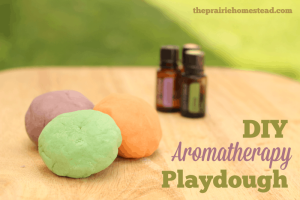
Engage your preschoolers’ creativity and sense of smell with scented playdough. Make a batch of homemade playdough and add different scents to each color. For example, you can use essential oils or extracts such as lavender, lemon, peppermint, or vanilla to infuse delightful aromas into the dough. Let the children explore and manipulate the scented playdough, encouraging them to describe the smells and engage in imaginative play. This activity not only stimulates their sense of smell but also promotes fine motor skills, sensory integration, and imaginative thinking.
Related: 20 Colorful Parachute Games for Toddlers
Activity 3: Sensory Garden Exploration
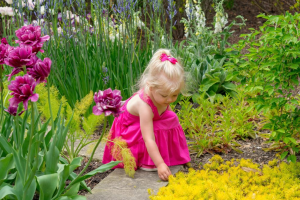
Take your preschoolers on an enchanting sensory garden exploration. Set up a small garden area with a variety of fragrant plants and flowers, such as lavender, rosemary, mint, and jasmine. Guide the children to explore the garden using their sense of smell. Encourage them to gently touch and smell the leaves and blossoms, describing the scents they encounter. You can also incorporate additional sensory elements like different textures, colors, and sounds to create a multi-sensory experience. This activity allows preschoolers to connect with nature, develop vocabulary, and foster a love for gardening and the environment.
Activity 4: Scented Sorting Trays
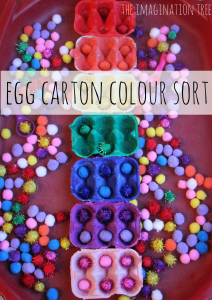
Create scented sorting trays to engage your preschoolers in a tactile and olfactory matching activity. Gather a set of small containers or sections of an egg carton and add a distinct scent to each one. You can use scented markers, spices, extracts, or natural scents like lemon, orange, cinnamon, or peppermint. Provide a corresponding set of objects or pictures that match each scent. Invite the children to explore the smells and match the objects to the correct scented tray. This activity promotes sensory discrimination, vocabulary development, and cognitive skills such as categorization and matching.
Related: 20 Quick Interactive Activities for Preschoolers & Toddlers (Age 3 – 5)
Activity 5: Scented Sensory Bottles
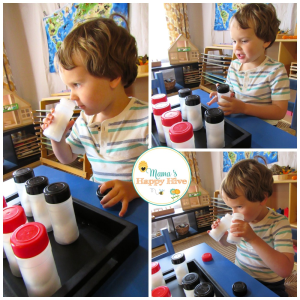
Construct scented sensory bottles to captivate your preschoolers’ sense of smell. Fill clear, plastic bottles with various scented materials like dried herbs, spices, flowers, or essential oils. Seal the bottles tightly and let the children gently shake or roll them to release the aromas. As they explore the scents, encourage them to describe what they smell and how it makes them feel. You can also incorporate visual elements like colorful beads or glitter to enhance the sensory experience. Scented sensory bottles provide a calming and engaging activity that develops olfactory awareness, concentration, and language skills.
Activity 6: Smell Matching Game
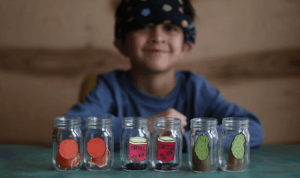
Create a smell-matching game by placing scented stickers or labels on small containers. Fill each container with a corresponding scented item, such as a cotton ball soaked in a specific fragrance or a small sample of scented lotion. Hide the scented items in the containers and mix them up. Invite the preschoolers to match the scents by smelling each container and finding its corresponding pair. This game enhances their memory skills, concentration, and sensory recognition as they match scents and objects together.
Activity 7: Scented Sensory Bags
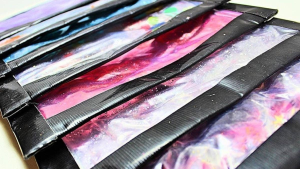
Prepare scented sensory bags by filling resealable plastic bags with different scented items such as dried flowers, spices, or scented gel beads. Make sure the bags are securely sealed. Encourage the preschoolers to explore the scents by gently pressing, squishing, and smelling the bags. You can also add visual elements like glitter or small toys to make the experience more engaging. This activity provides a mess-free sensory experience and promotes tactile exploration, sensory awareness, and descriptive language skills.
Activity 8: Smell and Tell Storytime

Combine storytelling and smell exploration in a fun and interactive way. Choose a book that incorporates different scents or scented objects within the story. As you read the book aloud, invite the preschoolers to smell the corresponding scents or objects at specific points in the story. For example, if the story mentions a field of flowers, provide small scented flowers for the children to smell. This activity stimulates their imagination, listening skills, and connections between scents and narratives.
Activity 9: Scented Water Play
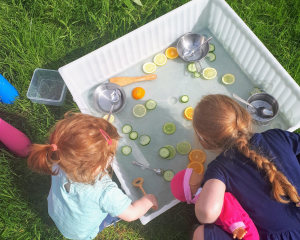
Transform a water table or basin into a scented water play experience. Add a few drops of scented extract or food coloring with pleasant aromas, such as strawberry, orange, or mint, to the water. Provide various scoops, containers, and water-friendly toys for the children to explore and play with. As they splash and scoop, the scents will be released, creating a multisensory water play adventure. This activity promotes sensory integration, fine motor skills, and sensory exploration.
Activity 10: Smell and Guess Snack Time
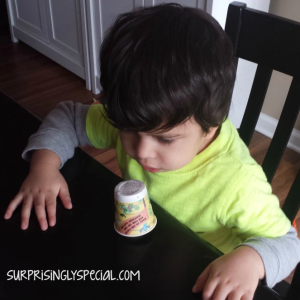
Turn snack time into a smell-and-guess activity. Offer a variety of scented snacks, such as fresh fruit slices, flavored crackers, or aromatic cheese cubes. Blindfold one child at a time and present them with a snack to smell. Encourage them to describe the scent and guess the food item before they taste it. Rotate the blindfold among the children, allowing everyone to participate. This activity not only engages their sense of smell but also develops their descriptive skills, memory, and deductive reasoning.
Activity 11: Scented Nature Walk
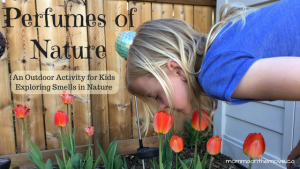
Take the preschoolers on a delightfully scented nature walk in a nearby park or garden. Encourage them to explore their surroundings using their sense of smell. Guide them to smell different flowers, leaves, and natural materials like pinecones or tree bark. Encourage them to describe the scents they encounter and discuss their favorite smells in nature. This activity fosters a connection with the natural world, promotes sensory awareness, and develops language and observation skills.
Activity 12: Scented Sensory Collage
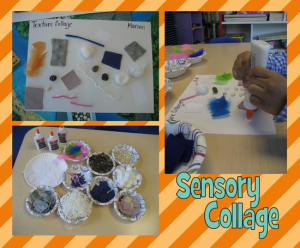
Engage the preschoolers in a creative and sensory-rich activity by making scented sensory collages. Provide a variety of textured materials like fabric, paper, feathers, and buttons, along with scented markers or scented glue. Invite the children to create collages by gluing or drawing on the materials while adding their desired scents. They can match scents to specific textures or create imaginative scent combinations. This activity stimulates artistic expression, fine motor skills, sensory exploration, and creativity.
Activity 13: Smell and Sort Kitchen Play
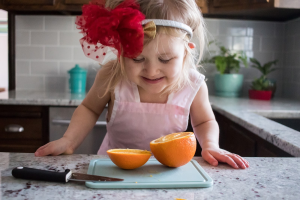
Transform a play kitchen area into a smell and sort activity. Collect various food items with distinct scents, such as coffee beans, vanilla extract, cinnamon sticks, or lemon wedges. Place the items in labeled containers. Provide kitchen utensils like spoons or tongs for the children to smell and sort the items into groups based on their scents. This activity not only introduces different food aromas but also promotes sensory discrimination, fine motor skills, and cognitive categorization.
Activity 14: Scented Rainbow Sensory Bottles
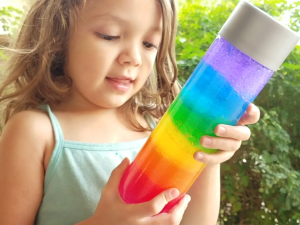
Create scented rainbow sensory bottles by filling clear plastic bottles with layers of scented liquids. Use colored water mixed with scented extracts, such as lavender for purple, lemon for yellow, or peppermint for green. Seal the bottles securely and let the children shake and observe the swirling colors and smell. This activity provides a visual and olfactory experience, stimulating their senses, promoting color recognition, and calming their minds.
Activity 15: Scented Memory Game
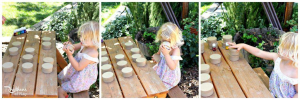
Play a scented memory game to enhance memory skills and olfactory awareness. Prepare a set of small containers, each containing a different scented item or substance. Place them in a row and invite the preschoolers to smell and remember the scents. Then, cover the containers and remove one or two items. Challenge the children to identify the missing scents and guess which items were removed. This activity encourages concentration, memory recall, and sensory memory development.
Activity 16: Scented Texture Painting
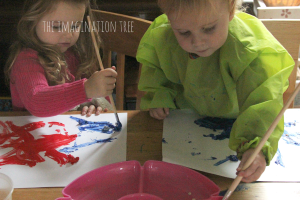
Combine the sense of smell with tactile exploration through scented texture painting. Set up a painting station with different textured materials such as sandpaper, bubble wrap, fabric scraps, or sponge cutouts. Mix scented extracts or essential oils into various paint colors. Encourage the preschoolers to dip their fingers or brushes into the scented paint and explore the textures while creating unique artwork. As they paint, they can also describe the scents and textures they encounter, promoting sensory integration, fine motor skills, and descriptive language.
Activity 17: Scented Sensory Storytelling
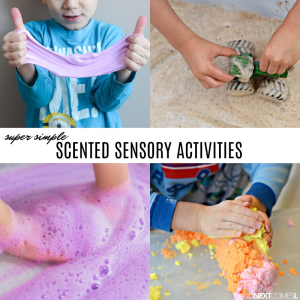
Enhance storytelling experiences by incorporating scents into the narrative. Choose a familiar story or create your own. Introduce scented props or materials that match the story elements. For example, if the story takes place in a bakery, provide the scent of freshly baked bread or cookies. As you read the story, invite the children to smell the corresponding scents at specific moments. This activity stimulates imagination, sensory recall, and connections between scents and storytelling.
Activity 18: Smell Science Experiment
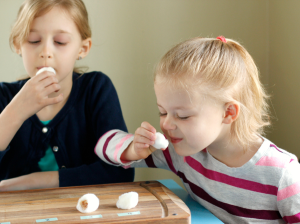
Engage preschoolers in a hands-on smell science experiment. Fill several small containers with different substances like vinegar, lemon juice, vanilla extract, or soap. Provide cotton balls or small pieces of fabric for the children to dip into the substances and smell. Ask them to predict and observe the scents and discuss the differences between them. This activity introduces basic scientific concepts, encourages inquiry and observation skills, and expands their understanding of the properties of different substances.
Activity 19: Scented Sensory Puzzles
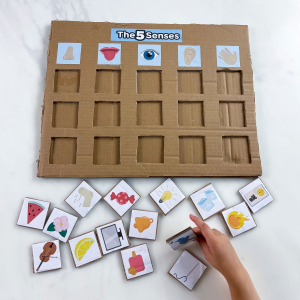
Create scented sensory puzzles by cutting out different shapes or pictures from scented materials like felt, foam, or scented paper. Mix up the puzzle pieces and challenge the preschoolers to match the scents and assemble the puzzles correctly. As they work, they can describe the scents and engage in problem-solving and fine motor skill development. This activity combines sensory exploration, cognitive skills, and hand-eye coordination.
Activity 20: Scented Yoga or Relaxation Session
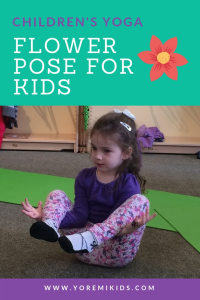
Introduce a calming and aromatic experience with a scented yoga or relaxation session. Choose relaxing scents like lavender, chamomile, or eucalyptus. Set up a peaceful environment with soft lighting and soothing music. Guide the preschoolers through simple yoga poses or relaxation exercises, incorporating scented elements like scented eye pillows or diffusing essential oils. As they breathe in the scents and engage in gentle movements, they can experience a sense of relaxation, mindfulness, and sensory well-being.
